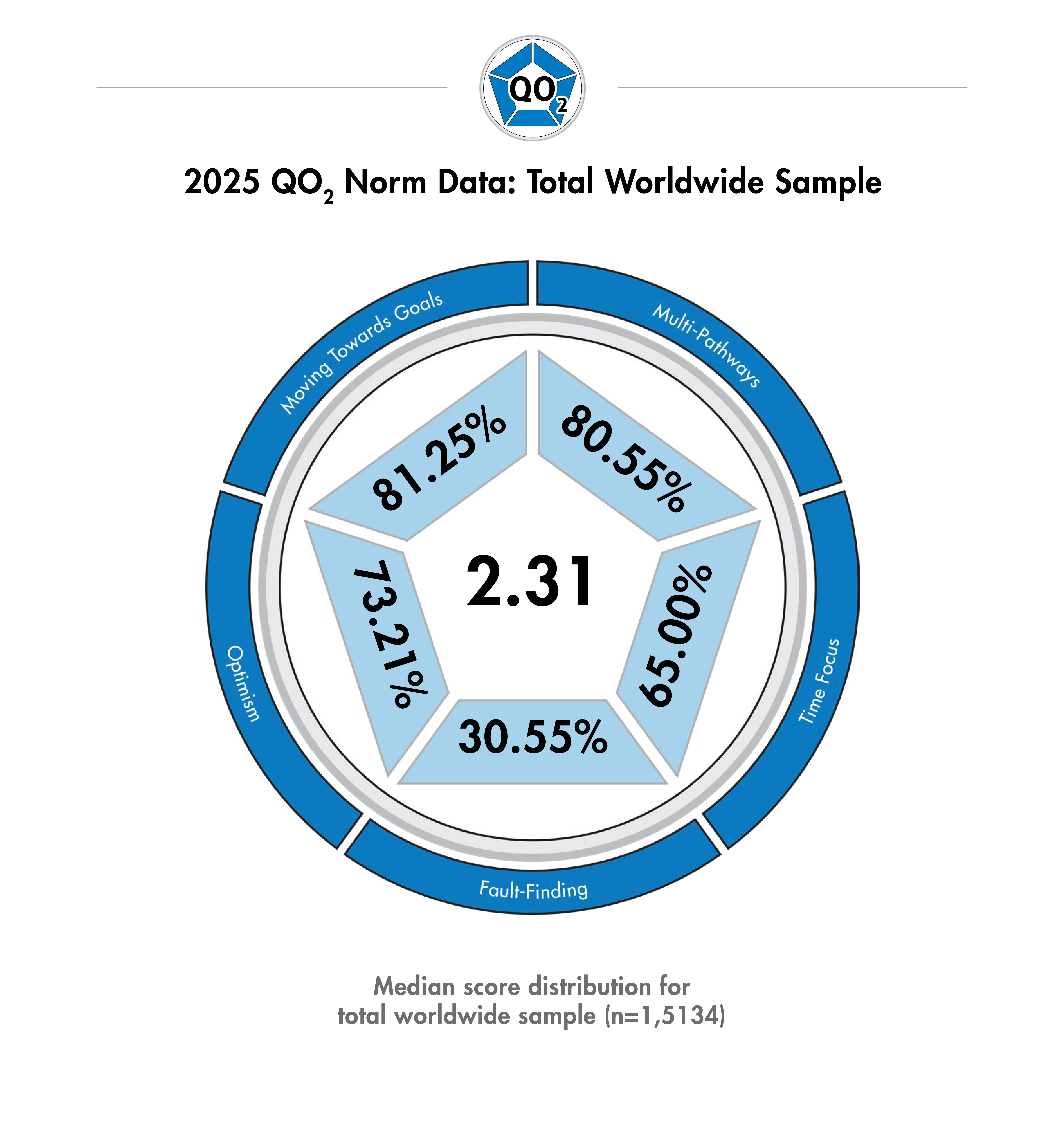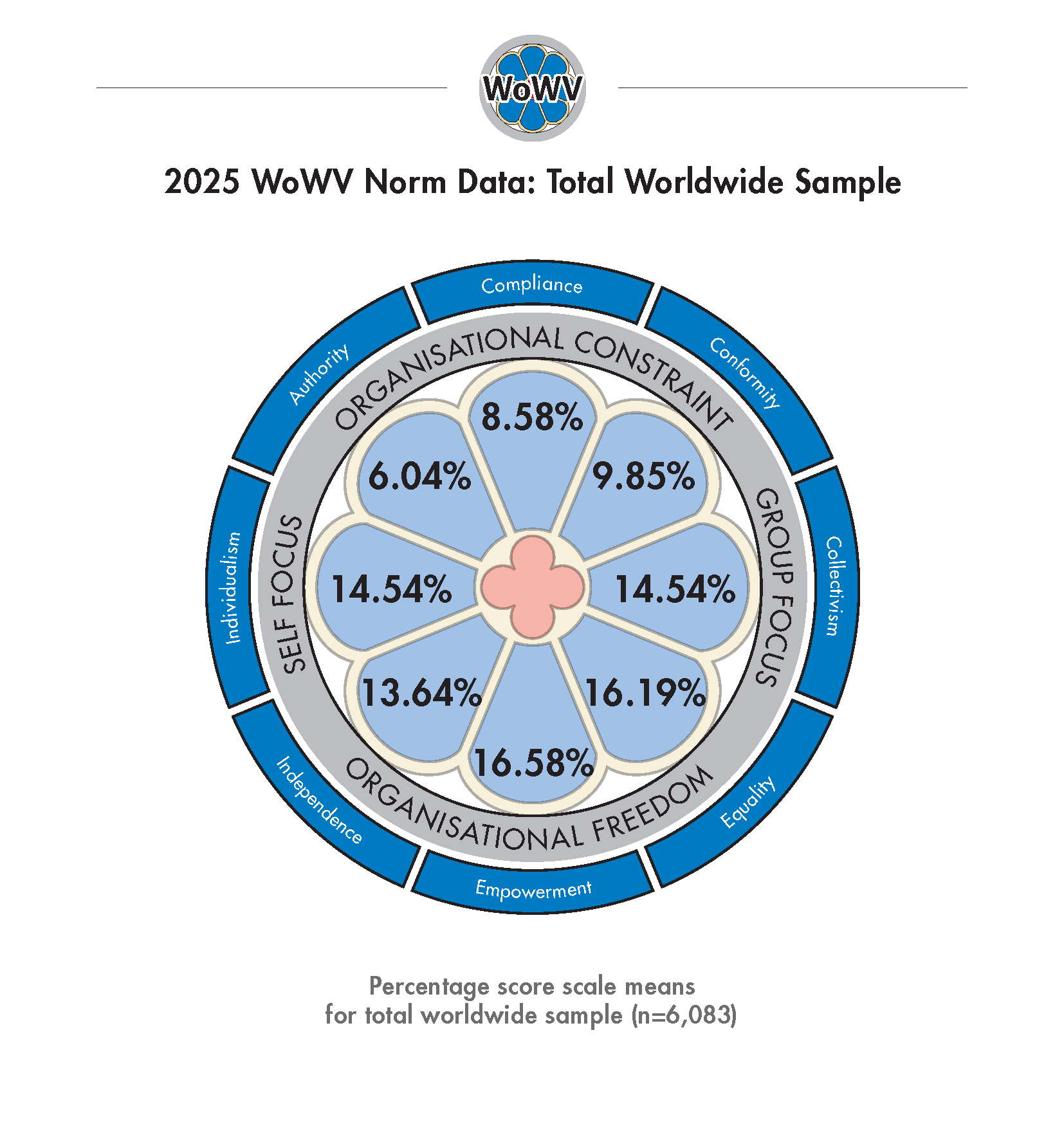Explore Our 2025 Norm Data
What Are Psychometric Norms and Why Do They Matter?
Summary: psychometric norms are statistical benchmarks derived from a representative sample that allow individual or group assessment scores to be interpreted relative to a broader population. They matter because they transform raw test scores into meaningful percentiles and comparisons, ensuring that practitioners can distinguish between typical, above-average, or below-average performance—or preferences—within relevant peer groups. Norms underpin fair, accurate feedback and guide development, team formation, and organizational decisions.
Data Updated: July 2025
What Norms Are Not: Myths vs. Reality
Summary: Norms are aggregated benchmarks, not prescriptive targets.
The TMS norms database represents aggregated data from over 700,000 professionals across industries, roles, and regions. Use them as interpretive guides, not fixed prescriptions. Remember, the unique context of your team always matters.
- Representative Sampling: Global data from 700,000+ individuals, updated biannually.
- Statistical Rigor: Cleaning, normalization, and outlier analysis ensure reliability.
- Ongoing Validation: Methodology reviews to reflect workforce evolution.
Why Compare Your Team to Global Norms?
Summary: Benchmarking transforms assumptions into actionable insights.
Comparing your team’s psychometric results to established norms validates strengths, uncovers blind spots, and tailors interventions for maximum impact.
- Validate Strengths: Confirm where your team naturally excels.
- Spot Blind Spots: Reveal gaps in behavior or values.
- Tailor Interventions: Focus development on high-value areas.
Global Norms at a Glance



Use Norm Insights by Role
For HR Leads & Consultants
Design insightful leadership workshops:
- Compare Window on Work Values Profiles to global norms to uncover motivators you might be overlooking.
“Which values could transform your leadership impact?”
- Overlay Team Management Profile (TMP) distributions with industry benchmarks to spot hidden gaps.
“What blind spots does your team reveal against peers?”
For Learning & Development Professionals
Accelerate Learning Environments
- Show learners their role preferences against global samples to spark adaptability.
“How might swapping roles deepen team cohesion?”
Resilience & Change Initiatives
- Contrast Opportunities-Obstacles Quotient (QO₂) Profile scores with global averages to identify biases.
“Is your team primed for growth or stuck in caution?”
For Non‑Profit & Community Leaders
Mission‑Driven Team Alignment
- Use global values to align teams around purpose.
“Which norms strengthen your mission’s execution?”
For Community & Faith Leadership
- Adapt pacing and communication for stronger bonds.
“What style bridges gaps in your congregation?”
For Crisis & Response Teams
Crisis Response Benchmarking
- Compare incident teams to global response norms to cover critical roles.
“Where might a missing role jeopardize your mission?”
Download Complete Norms Reports
- TMP 2025 Norm Data Full Report (PDF)
- QO₂ Profile 2025 Norm Data Full Report (PDF)
- WoWV Profile 2025 Norm Data Full Report (PDF)
Frequently Asked Questions
How often are norms updated?
Our global norms database is updated biannually, most recently in May 2025.
What is the sample size behind the norms?
The 2025 norms are based on data from 700,000+ professionals worldwide.
Ready to Deepen Your Insights?
Become an Accredited Practitioner to unlock advanced analytics tools, expert guides, and customizable workshop materials.

